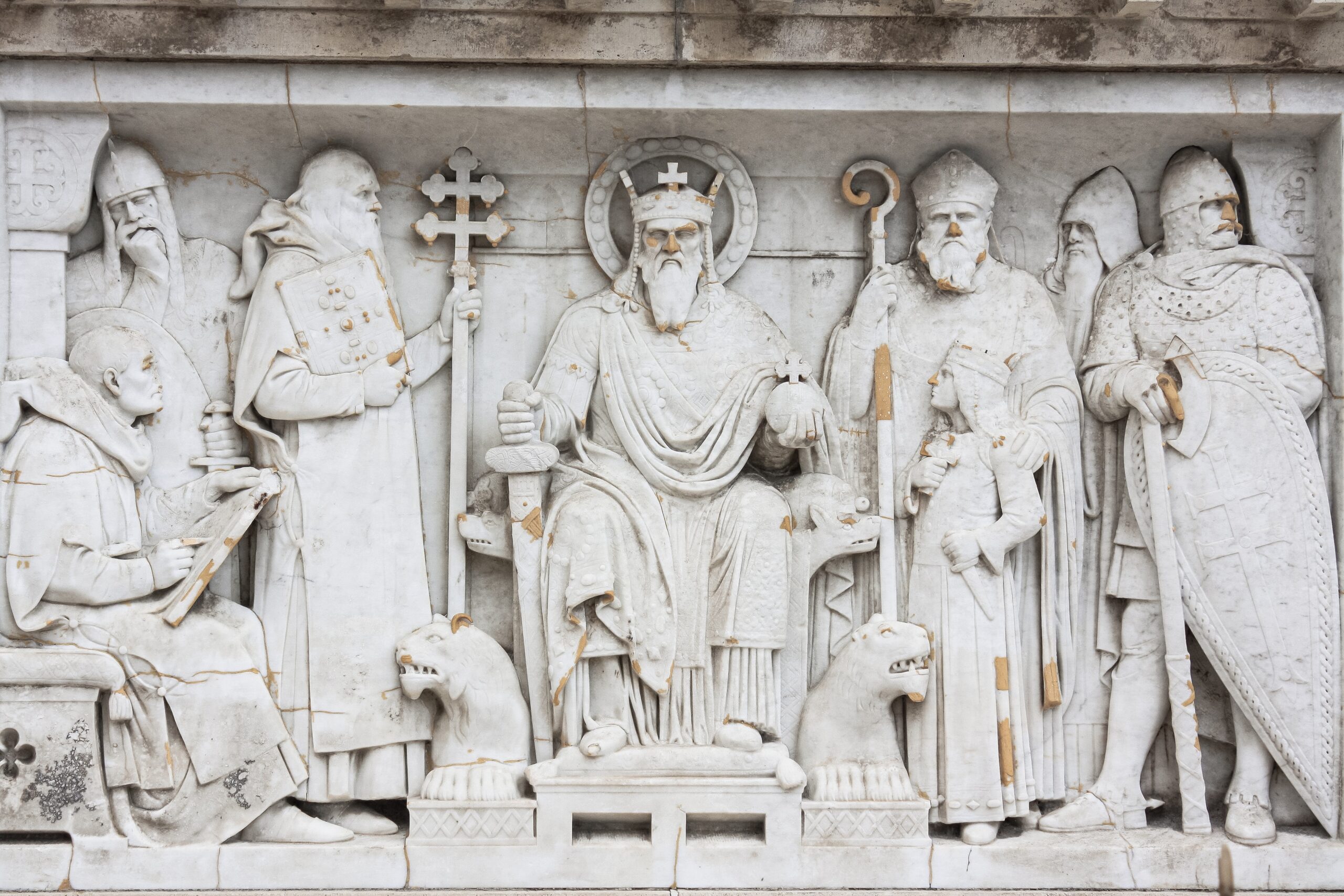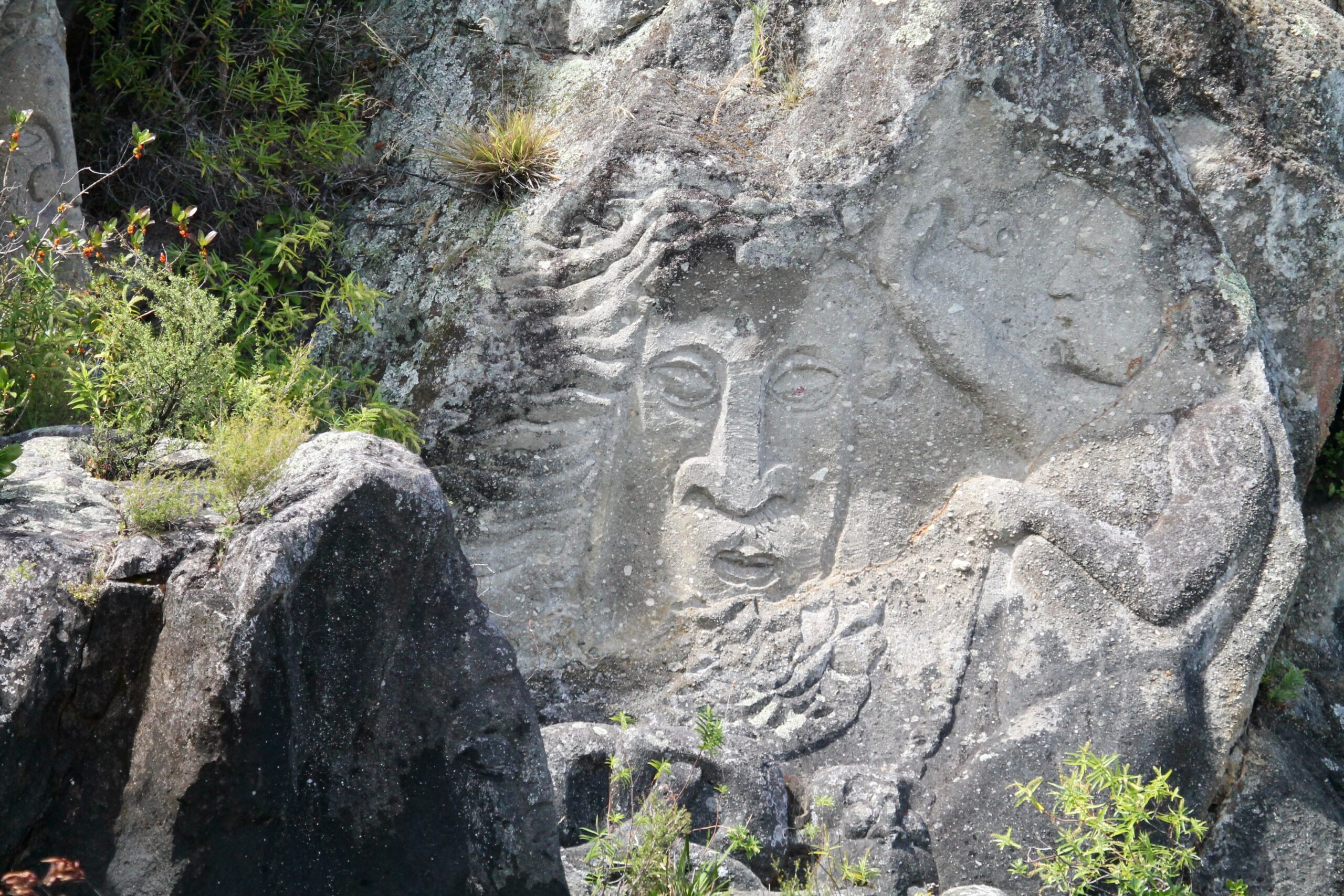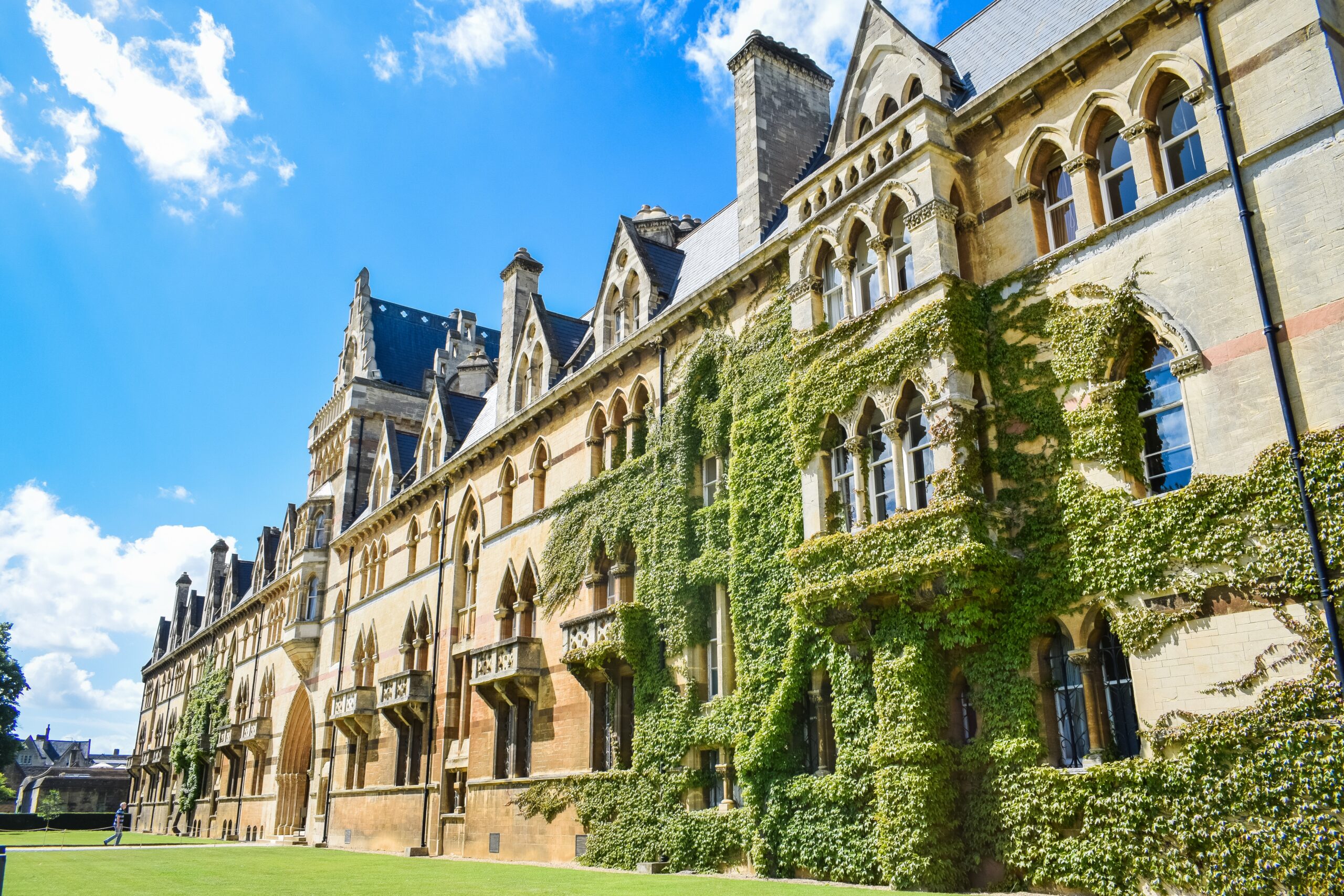History of Restorative Practices and Justice
Community-based justice systems have been the standard since the beginning of human civilization. However, in Middle Ages Europe the power struggle between Church and State led kings to consolidate their control by taking over the role of victim in criminal and civil disputes then meting out punishment in a process that only grew more specialized and punitive with time.
Restorative practices were kept alive by communities who continued to practice them, often despite western attempts at cultural genocide and legal hegemony and are now being reaccepted as integral elements of healthy societies and justice systems.




